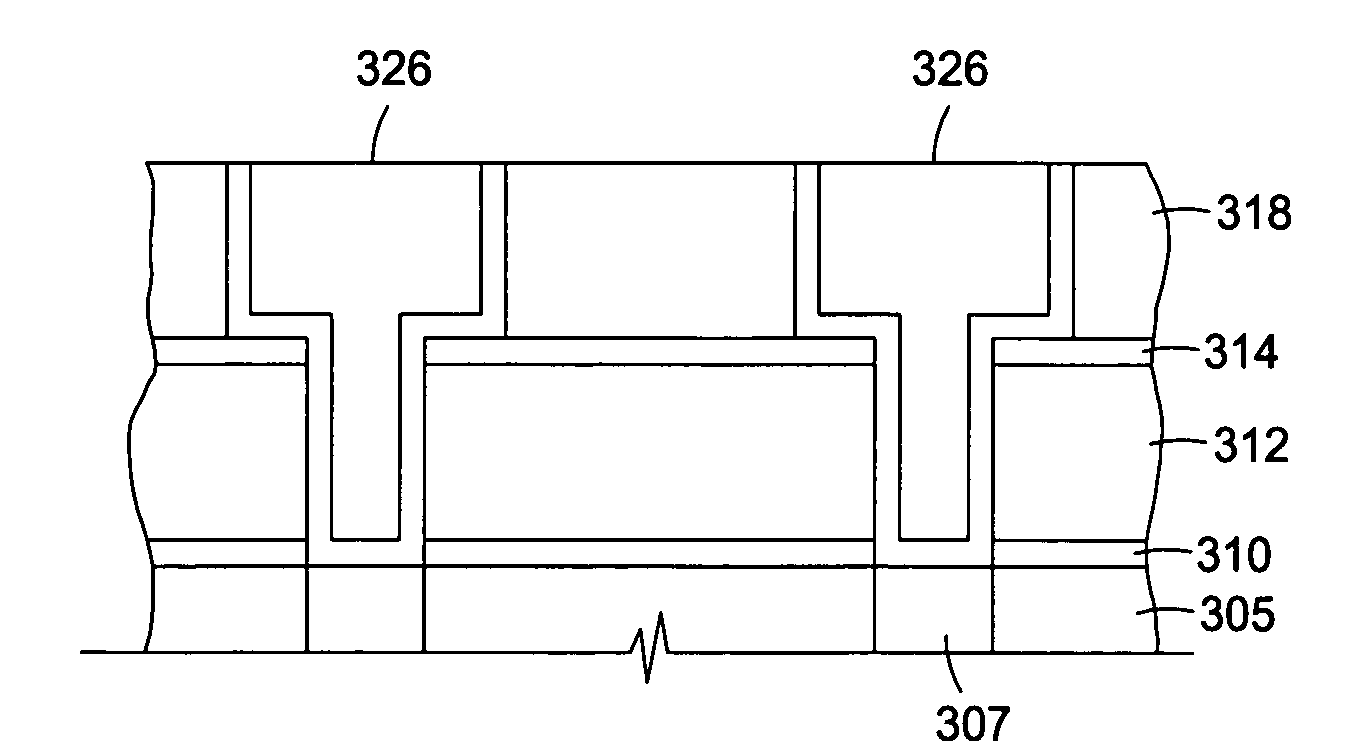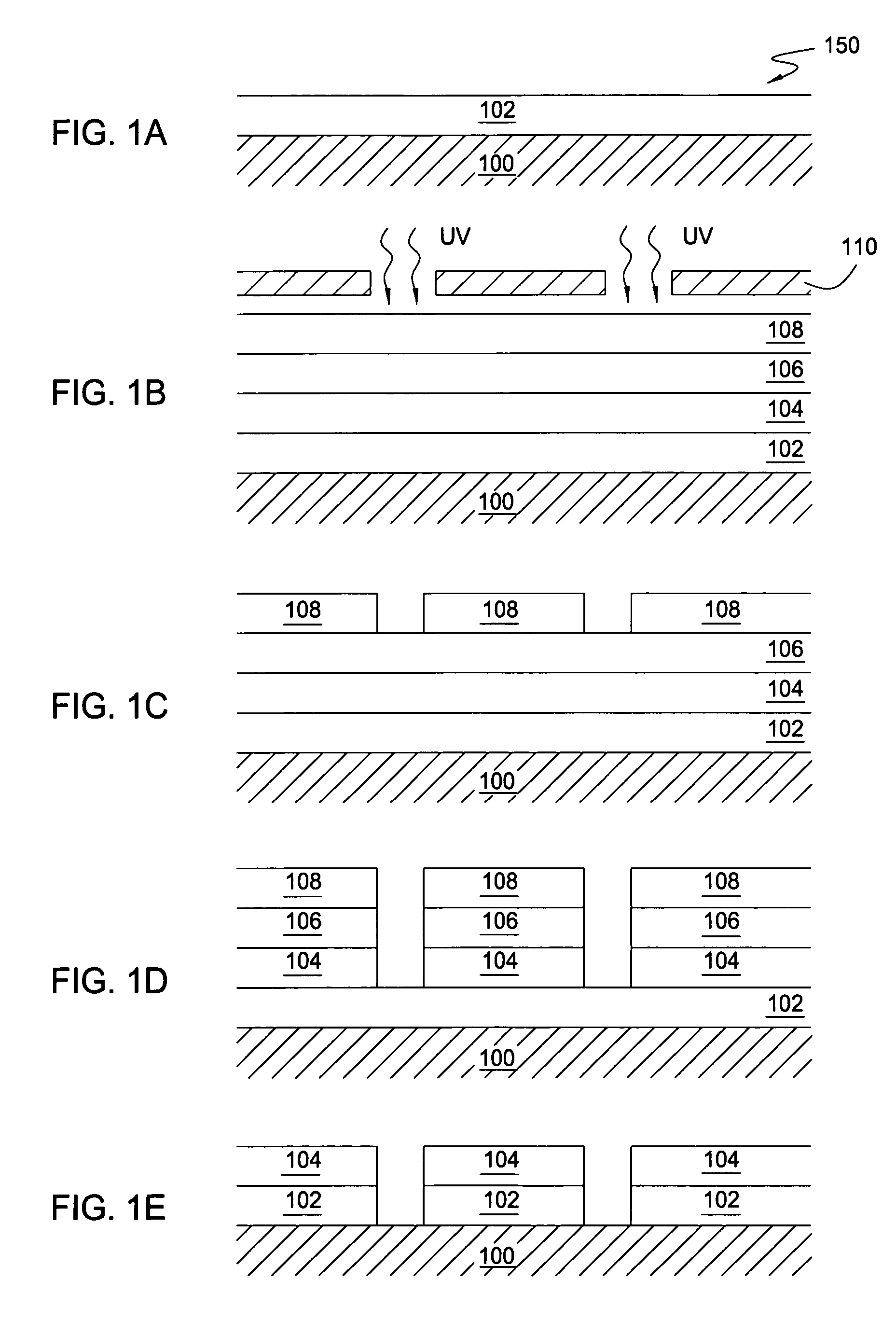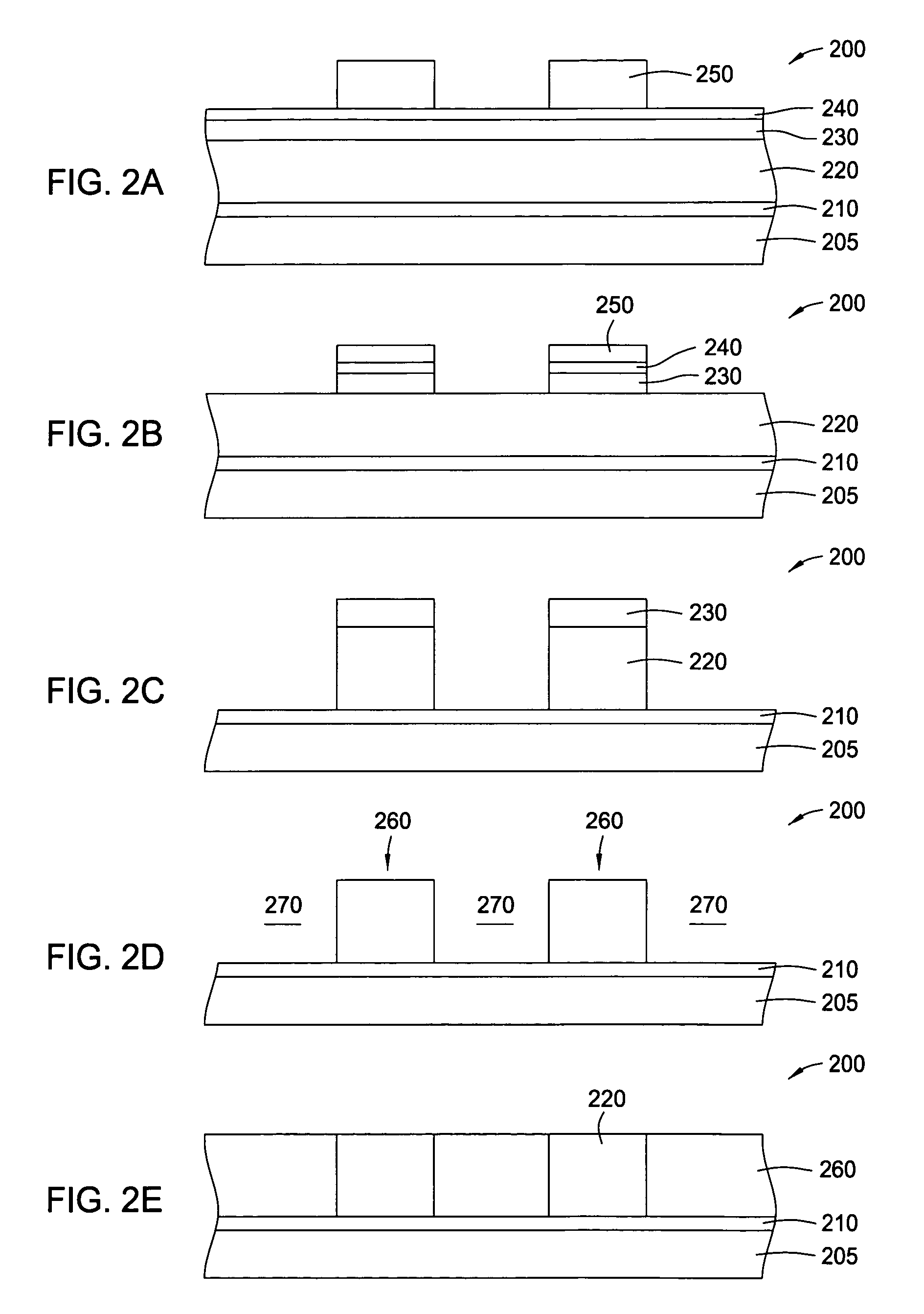Liquid precursors for the CVD deposition of amorphous carbon films
a carbon film and liquid precursor technology, applied in the direction of chemical vapor deposition coating, coating, metallic material coating process, etc., can solve the problems of difficulty in producing features with little or no surface defects or feature deformation, increase the likelihood of defects being formed on the substrate surface, and low k materials are often brittle and may deform under conventional polishing processes
- Summary
- Abstract
- Description
- Claims
- Application Information
AI Technical Summary
Benefits of technology
Problems solved by technology
Method used
Image
Examples
Embodiment Construction
[0025] The words and phrases used herein should be given their ordinary and customary meaning in the art by one skilled in the art unless otherwise further defined. Aspects of the invention generally provide methods for depositing, processing, and removing amorphous carbon material. Amorphous carbon deposition rates and etch selectivity to dielectric materials, such as oxides, may be increased compared to amorphous carbon deposited by conventional amorphous carbon deposition processes by the use of dual frequency RF power sources and the inclusion of hydrogen as a diluent gas and argon as a carrier gas in amorphous carbon processing gases. Amorphous carbon deposition is further described in U.S. Pat. No. 6,573,030, issued on Jun. 3, 2003, entitled, “Method for Depositing an Amorphous Carbon Layer”, which is hereby incorporated by reference herein to the extent not inconsistent with the claimed aspects and description herein.
[0026] Examples of suitable systems include the CENTURA® s...
PUM
| Property | Measurement | Unit |
|---|---|---|
| Temperature | aaaaa | aaaaa |
| Power | aaaaa | aaaaa |
| Power | aaaaa | aaaaa |
Abstract
Description
Claims
Application Information
 Login to View More
Login to View More - R&D
- Intellectual Property
- Life Sciences
- Materials
- Tech Scout
- Unparalleled Data Quality
- Higher Quality Content
- 60% Fewer Hallucinations
Browse by: Latest US Patents, China's latest patents, Technical Efficacy Thesaurus, Application Domain, Technology Topic, Popular Technical Reports.
© 2025 PatSnap. All rights reserved.Legal|Privacy policy|Modern Slavery Act Transparency Statement|Sitemap|About US| Contact US: help@patsnap.com



